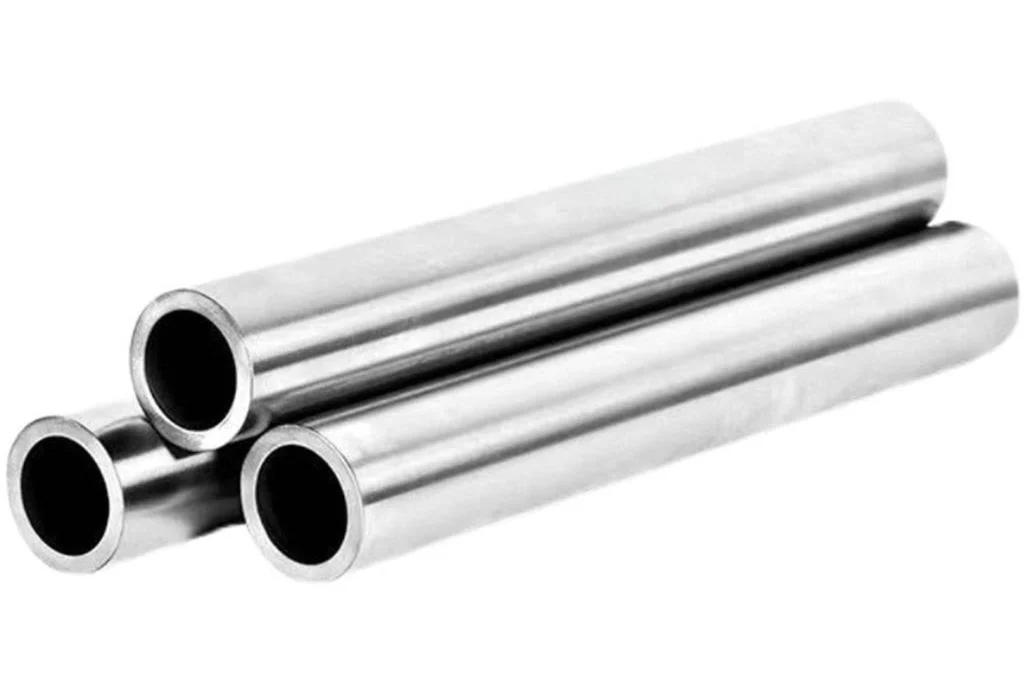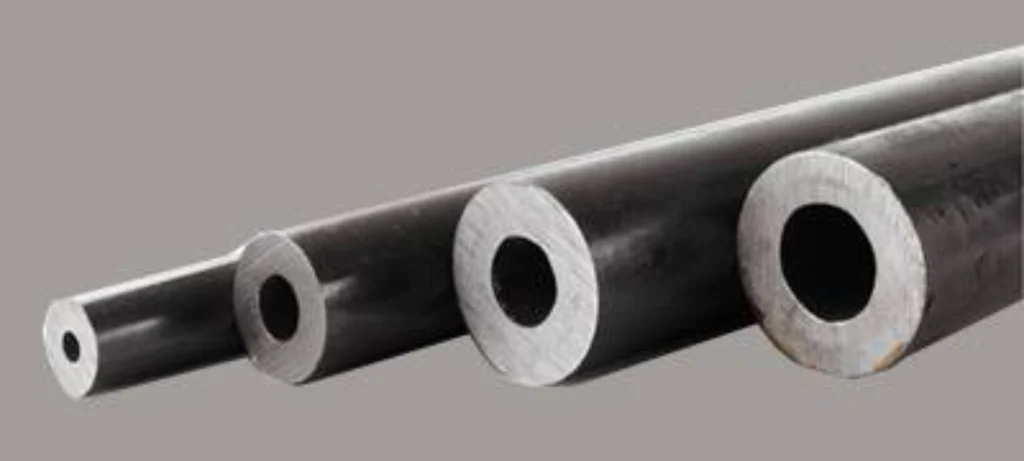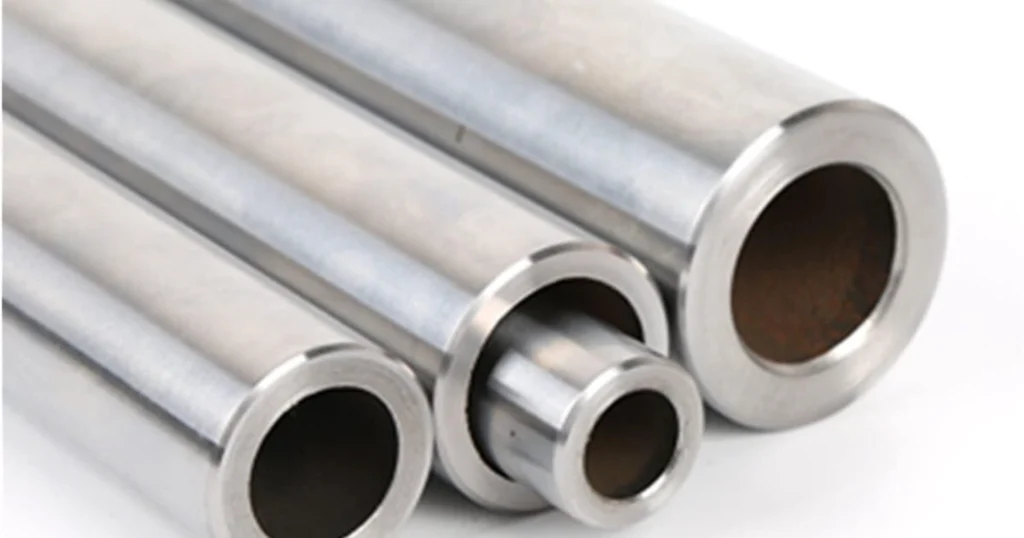Hollow Steel Shaft: Lightweight, Strong & Versatile Solutions
Hollow steel shafts have revolutionized engineering design across numerous industries. They represent a significant advancement over solid shafts, offering a compelling combination of strength, weight reduction, and design flexibility. This article delves into the characteristics, advantages, applications, and manufacturing processes of hollow steel shafts, highlighting why they are the preferred choice for engineers seeking optimal performance and efficiency.
Understanding Hollow Steel Shafts
A hollow steel shaft is a cylindrical tube made of steel, characterized by a hollow center. This design inherently reduces the weight of the shaft while maintaining, and in some cases even enhancing, its strength and torsional stiffness. The steel used in these shafts can vary widely, including carbon steel, alloy steel, and stainless steel, each offering different properties suitable for specific applications.
The Advantages of Hollow Steel Shafts
The adoption of hollow steel shafts is driven by a multitude of benefits:
Weight Reduction: This is the most significant advantage. Reducing weight translates to improved fuel efficiency in vehicles, reduced energy consumption in rotating machinery, and easier handling in various applications. Less weight also decreases the stress on supporting structures.
Increased Strength-to-Weight Ratio: Hollow shafts, for the same amount of material, exhibit a higher strength-to-weight ratio compared to solid shafts. This is because the material is concentrated further from the axis of rotation, where it contributes more to torsional stiffness.
Improved Torsional Stiffness: The hollow design allows for a greater resistance to twisting forces, making them ideal for transmitting torque effectively. This is particularly important in drive shaft applications.
Damping Capacity: Hollow shafts can provide better damping characteristics than solid shafts. This helps reduce vibrations and noise in machinery, contributing to smoother and quieter operation.
Fluid or Cable Routing: The hollow core provides a convenient pathway for routing fluids, cables, or other components through the shaft. This simplifies design and reduces the need for external routing solutions.
Cost Efficiency: While the initial material cost might be slightly higher depending on the steel grade and manufacturing process, the overall system cost can be lower due to the reduced weight and improved efficiency.
Thermal Expansion Management: The hollow core facilitates better heat dissipation, reducing the risk of thermal expansion issues, especially in high-temperature applications.

Applications of Hollow Steel Shafts
The versatility of hollow steel shafts makes them suitable for a wide array of applications across diverse industries:
Automotive Industry: Drive shafts, axles, and steering columns utilize hollow steel shafts to reduce vehicle weight, improve fuel efficiency, and enhance handling.
Aerospace Industry: Aircraft landing gear, control systems, and rotor shafts benefit from the high strength-to-weight ratio of hollow steel shafts, leading to improved performance and fuel economy.
Manufacturing and Machinery: Rotating machinery, conveyors, and industrial equipment use hollow steel shafts for transmitting power efficiently and reducing vibration.
Construction Industry: Hollow steel shafts are used in cranes, hoists, and other heavy machinery to provide strength and stability while minimizing weight.
Medical Equipment: Medical devices, such as surgical tools and robotic arms, employ hollow steel shafts to achieve precise movements and control.
Renewable Energy: Wind turbines and other renewable energy systems utilize hollow steel shafts for their high strength and torsional stiffness, ensuring reliable power transmission.
Material Selection and Manufacturing Processes
The selection of the appropriate steel grade and manufacturing process is crucial for achieving the desired performance characteristics of a hollow steel shaft.
Material Selection:
Carbon Steel: Offers a balance of strength and affordability, suitable for general-purpose applications.
Alloy Steel: Provides enhanced strength, toughness, and wear resistance, ideal for demanding applications.
Stainless Steel: Offers excellent corrosion resistance, making it suitable for harsh environments and sanitary applications.
Manufacturing Processes:
Seamless Tubing: Manufactured by piercing a solid billet of steel and drawing it over a mandrel. This process creates a uniform, high-strength tube with excellent dimensional accuracy.
Welded Tubing: Formed by rolling a steel strip into a tubular shape and welding the edges together. This process is more cost-effective than seamless tubing but may have slightly lower strength properties at the weld joint. Different types of welding like ERW (electric resistance welding) or laser welding are available.
Drawn Over Mandrel (DOM) Tubing: A welded tube that is subsequently cold-drawn over a mandrel. This process improves dimensional accuracy, surface finish, and mechanical properties.
Extrusion: A process where steel is forced through a die to create the hollow shaft shape. This is often used for more complex geometries or specific material requirements.
Factors to Consider When Choosing a Hollow Steel Shaft
When selecting a hollow steel shaft, consider these factors:
Application Requirements: Define the specific needs of the application, including load capacity, speed, torque, and environmental conditions.
Material Properties: Choose a steel grade that meets the strength, toughness, corrosion resistance, and other requirements of the application.
Dimensional Accuracy: Ensure the shaft meets the required dimensional tolerances for proper fit and function.
Surface Finish: Select a surface finish that minimizes friction, wear, and corrosion.
Cost: Balance the cost of the shaft with its performance benefits to achieve the best value for the application.
Supplier Reputation: Choose a reputable supplier with a proven track record of delivering high-quality products and services.

Benefits of Using Hollow Steel Shafts Over Solid Steel Shafts
This table summarizes the key advantages of using hollow steel shafts:
| Feature | Hollow Steel Shaft | Solid Steel Shaft |
| Weight | Lighter | Heavier |
| Strength-to-Weight Ratio | Higher | Lower |
| Torsional Stiffness | Comparable or Higher (depending on design) | Lower |
| Material Cost | May be slightly higher initially | May be lower initially |
| System Cost | Often lower due to weight savings | Often higher due to increased weight |
| Damping Capacity | Better | Lower |
| Fluid/Cable Routing | Possible | Not Possible |
Choosing the Right Supplier: Welleshaft – A Trustworthy Partner
Selecting a reliable supplier is critical to ensuring the quality, performance, and reliability of hollow steel shafts. Welleshaft stands out as a global leader in the manufacturing and supply of high-quality hollow steel shafts. With years of experience and a commitment to excellence, Welleshaft offers a comprehensive range of products and services to meet the diverse needs of its customers.
Extensive Product Range: Welleshaft provides a wide selection of hollow steel shafts in various materials, sizes, and grades.
Custom Manufacturing Capabilities: They offer custom cutting, machining, and finishing services to meet precise specifications.
Advanced Manufacturing Technology: Welleshaft utilizes state-of-the-art equipment and processes to ensure exceptional quality and dimensional accuracy.
Global Reach: With a global network of distribution centers, Welleshaft can deliver products quickly and efficiently to customers worldwide.
Technical Expertise: Their team of experienced engineers provides technical support and guidance to help customers select the right hollow steel shaft for their application.
Competitive Pricing: Welleshaft offers competitive pricing without compromising on quality or service.
Reliable Contract Manufacturing: Welleshaft offers exceptional contract manufacturing options, allowing companies to outsource their hollow steel shaft production needs with confidence.
Conclusion: Embracing the Future with Hollow Steel Shafts
Hollow steel shafts represent a significant advancement in engineering design, offering a compelling combination of lightweight construction, high strength, and versatile applications. By understanding the characteristics, advantages, and manufacturing processes of these innovative components, engineers can unlock new possibilities for optimizing performance, reducing costs, and improving efficiency. Whether you are designing a high-performance vehicle, a robust industrial machine, or a cutting-edge medical device, consider the benefits of hollow steel shafts and partner with a trusted supplier like Welleshaft to achieve your engineering goals. The future of efficient, strong, and versatile solutions lies within the innovative design of the hollow steel shaft.

